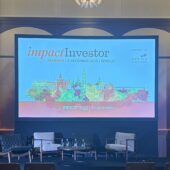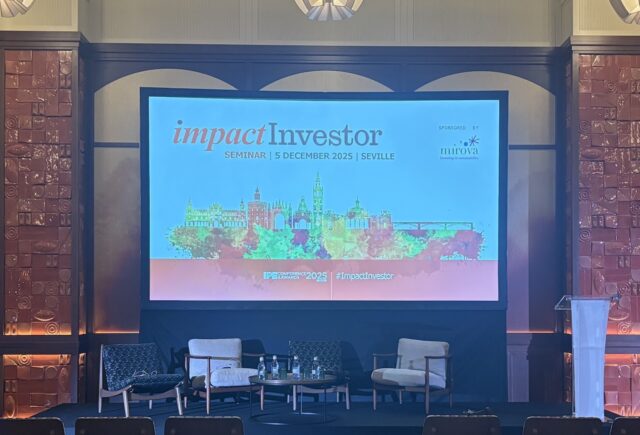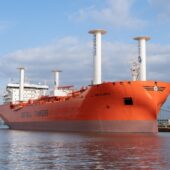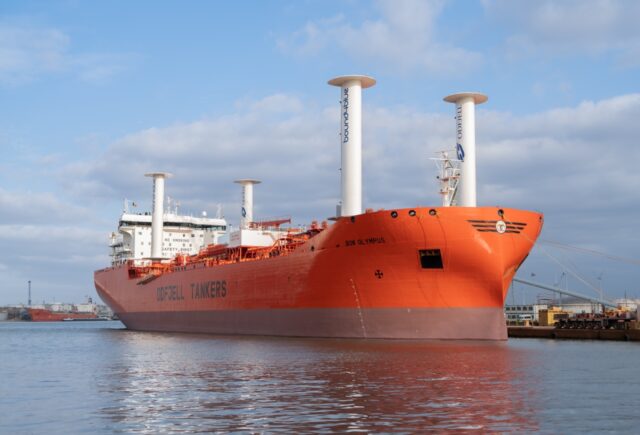The Phenix Capital report reveals that the number of net zero-aligned funds has increased from 237 funds in 2015 to 854 funds today but the world is missing its decarbonisation targets, signalling the need for greater investment.
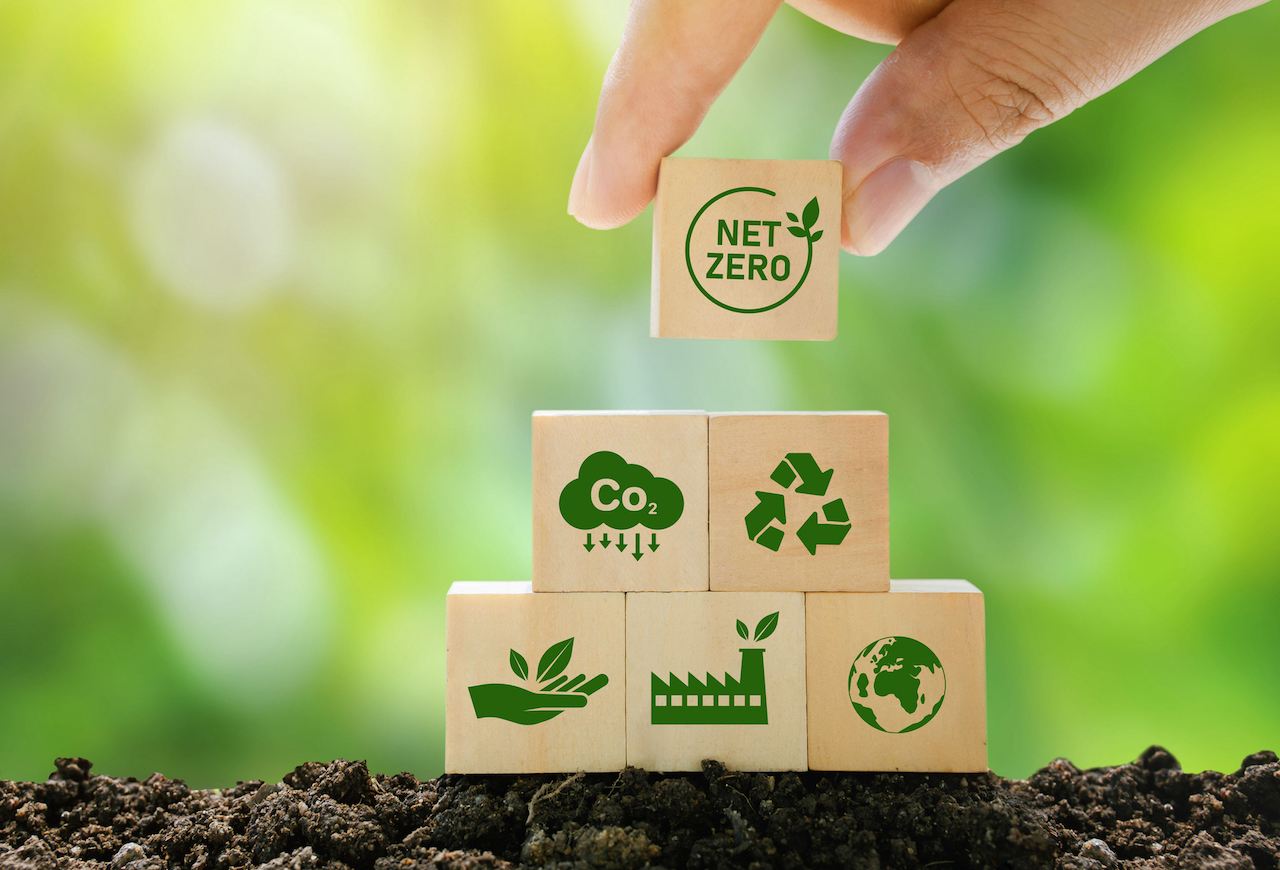
The drive to invest in climate solutions has given rise to an increasing number of net-zero aligned funds, according to a report by Amsterdam-based impact investment consultancy Phenix Capital Group.
The recently published Net Zero Funds Impact Report reveals that the 237 net zero-aligned funds in the Phenix Impact Database in 2015, have risen 27% to 854 funds today, accounting for 33% of total funds in the database today.
Net-zero funds, which focus on a broad spectrum of investments including renewable energy, electrification, sustainable agriculture and decarbonisation technology, have also seen their assets increase by 18% to a total of €341bn in assets under management.
Looking more closely at the underlying asset classes, public equity is the largest asset class accounting for 42% of the capital raised or €143bn, which the report attributes to the evergreen nature of many public equity funds. This is followed by 31% in real assets and just 13% in private equity.
In terms of geographical allocation, 447 of net zero-aligned funds invest in developed markets equivalent to 53% of the total, 246 of the funds have a global remit (29%), while 152 (18%) have an emerging market focus.
Plugging the net zero funding gap
Of the total number of net zero-aligned funds, the report finds that 37% are evergreen, 36% are closed to new investors and 23% are open with a total of 545 funds from 301 managers, open for investment, a 28% increase on a year ago. A further 4% of net zero-aligned funds are scheduled to be coming to market.
But despite this positive trend, the report highlights findings from PwC’s Net Zero Economy Index 2023, which tracks the progress made in reducing energy-related CO2 emissions and decarbonising economies, which reveal a decarbonisation rate of just 2.5% in 2022. This is significantly below the 17.2% reduction needed from 2022 until 2050 to limit global warming to 1.5°C above pre-industrial levels, signalling a need for greater investment.
The report also points to 2022 research from McKinsey & Company’s The net-zero transition: What it would cost, what it could bring, which found that capital spending on physical assets for energy and land-use systems in the net-zero transition between 2021 and 2050 would amount to about $275trn (€254trn), or $9.2trn per year on average. This is an annual increase of as much as $3.5trn from today.
Fossil fuels, including coal, oil, and natural gas, still supply about 80% of the world’s energy, so an estimated additional $1trn of today’s annual spend would need to be reallocated from high-emissions to low-emissions assets, although the report underlines that technological innovation could reduce capital costs for net-zero technologies.
SDGs with a net-zero focus
The race to net zero affects all of the UN’s Sustainable Development Goals, nevertheless, SDG7: Affordable and Clean Energy tops the chart with 960 net zero-aligned funds targeting this SDG, and according to the report likely to be investing in electrification, renewables and potentially, hydrogen. This is followed by 756 funds focusing on SDG 9: Industry, Innovation and Infrastructure and likely to be investing in low carbon technologies or infrastructure projects such as wind or solar plants, SDG3: Good Health & Wellbeing with 741 funds, and SDG 2 Zero Hunger with 729 funds.
There are also 448 funds focusing on climate specific investments and targeting SDG13: Climate Action. Looking at the types of investors allocating to this SDG, the report found that pension funds were the most numerous (55), closely followed by foundations (47), fund of fund managers (40) and corporates (28).


